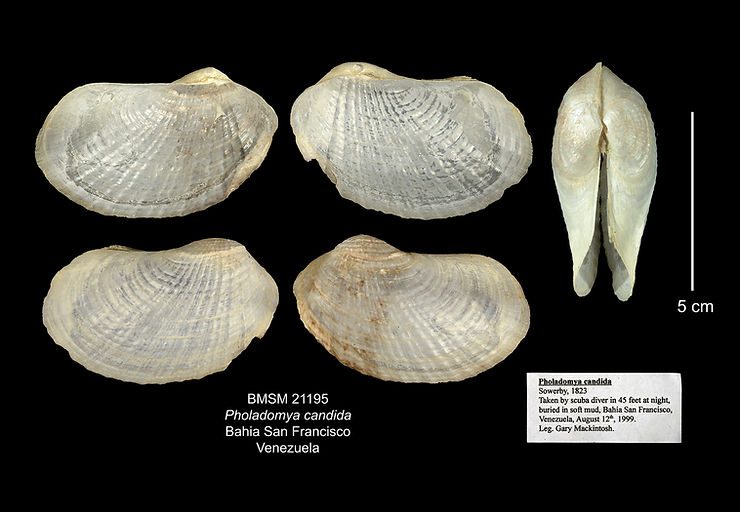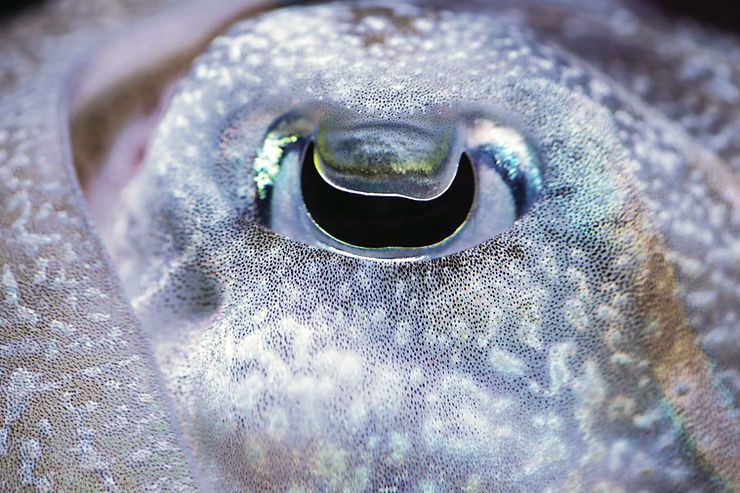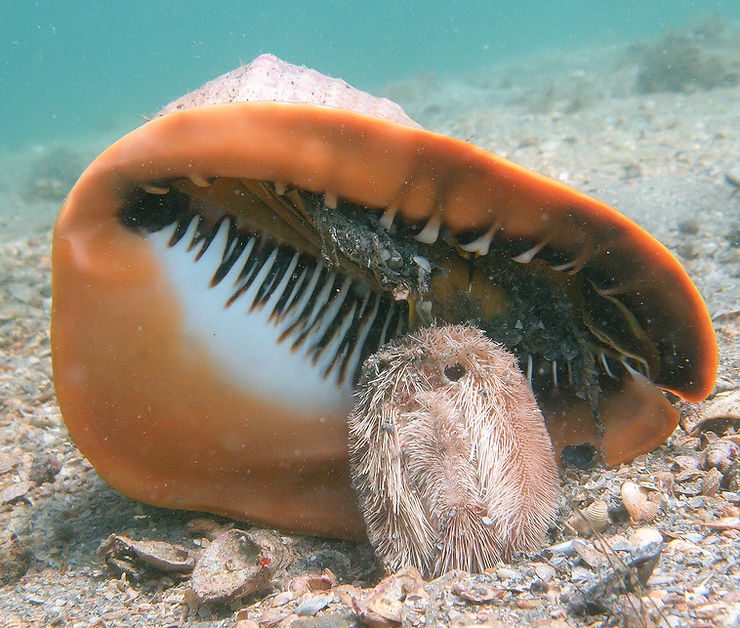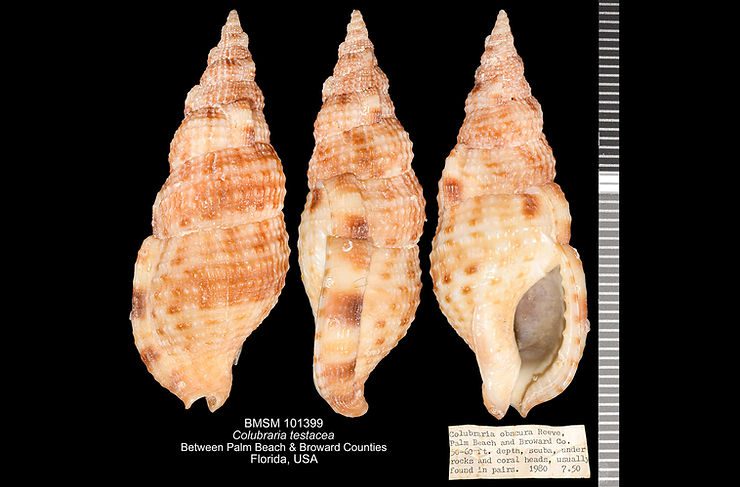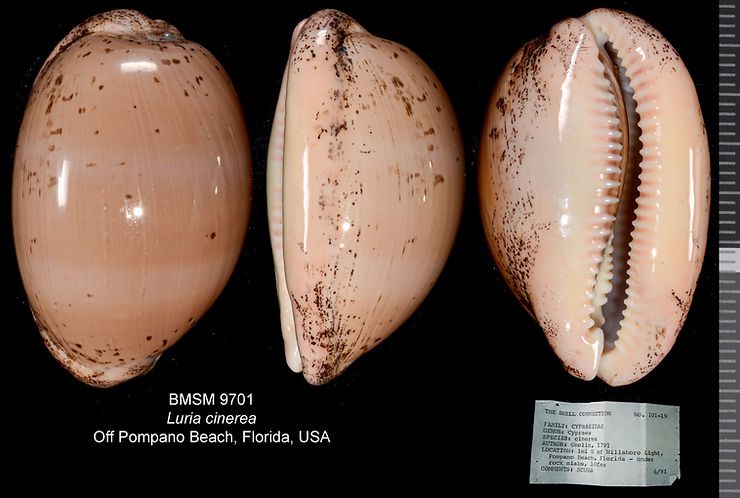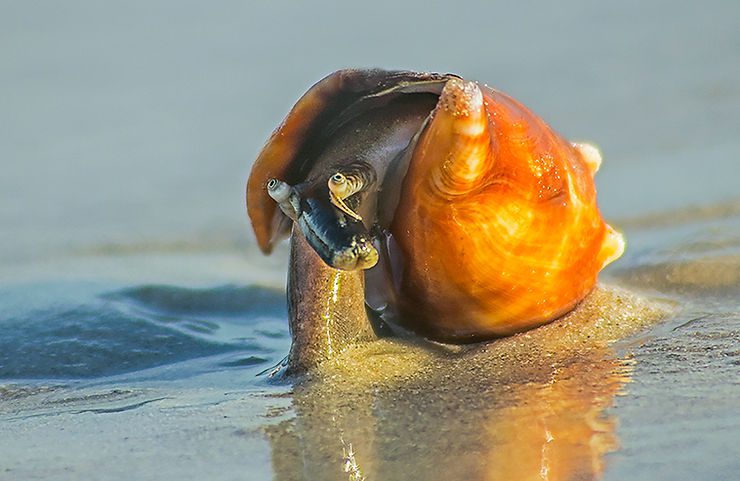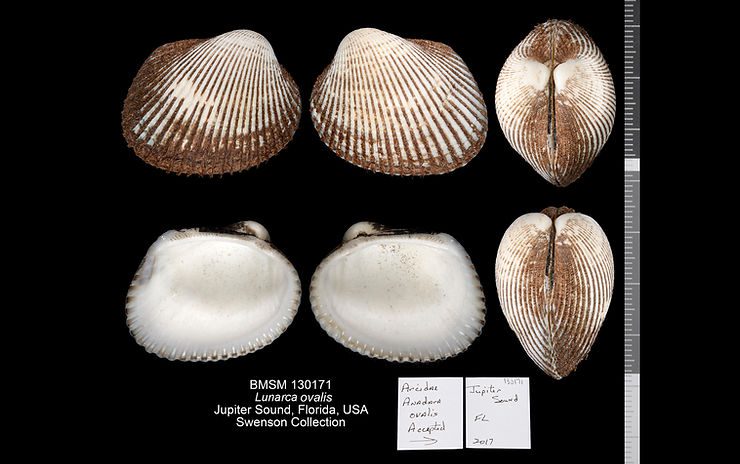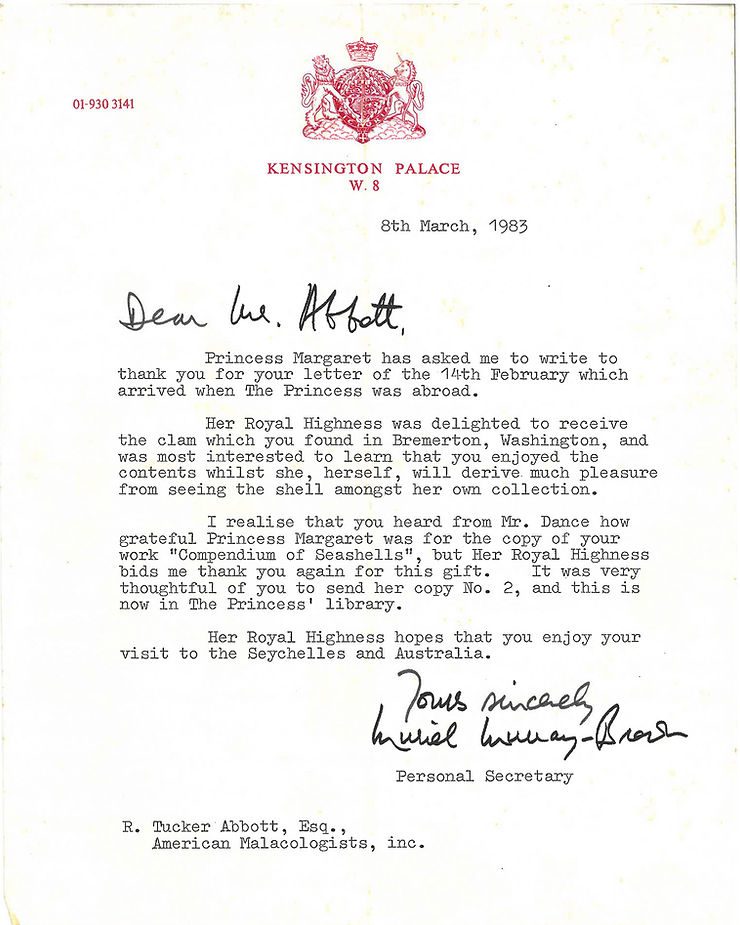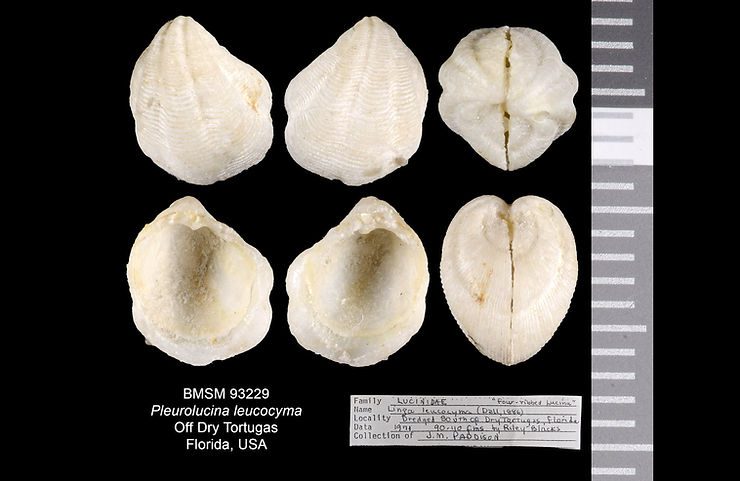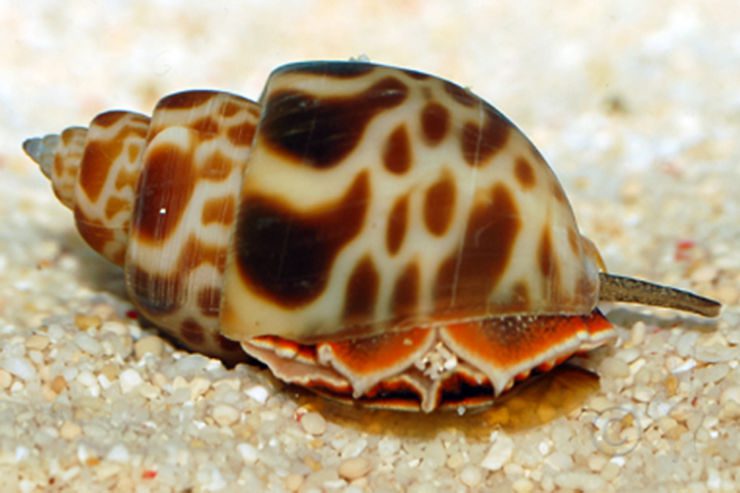
Wedding Shells and Wannabe Junonias
Gastropod species of the genus Babylonia, the babylon snails, are common in the southwest Pacific and parts of the Indian Ocean. They are predatory snails with shells measuring between one to two inches in size, and marked by large, well-defined brown spots. Some of the species are popular in the marine aquarium trade in many parts of the world.They are also a food staple in parts of Southeast Asia. Most likely following from their use as food, their shells are sold by the bushel in the Internet
